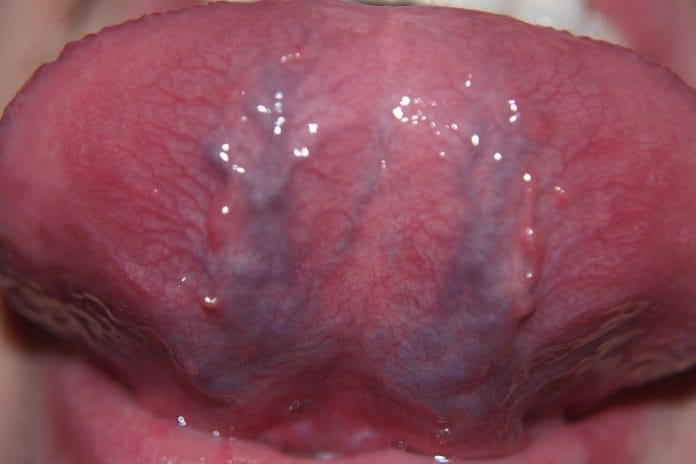Lara James, RDH
Hepatitis: Different Types of Hepatitis Dental Professionals Should Know About
Hepatitis is an inflammation of the liver that ranges from minimal symptoms to severe liver failure. Hepatitis is mainly viral with the common A,...
Cerebrocostomandibular Syndrome: Oral Health Signs of Rare Disorder
Cerebrocostomandibular syndrome (CCMS) is an extremely rare disorder with a low survival rate. This condition is so rare that only around 80 confirmed cases...
Oral Submucous Fibrosis: Early Intervention with Betel Quid Chewing is Helpful
Oral submucous fibrosis is a chronic, progressive, premalignant, and irreversible condition. It is often described as a chronic, insidious, and scarring disease for the...
Caviar Tongue: Are Dental Hygiene Patients Displaying Signs of “Aging?”
Caviar tongue is a condition recognized by purplish veins located on the ventral side of the tongue. Veins are normally visible underneath (ventrally) the...
Scarlet Fever: Why Should Dental Professionals Pay Attention to Medical History?
With the extensive list of conditions on a dental health history, it can be quite overwhelming to really know about all of them and...
Autoimmune Diseases: Making Sense of Dental Patients’ Complaints
When a patient states that they have an autoimmune disease, I admit that generalizations about the diseases enter my mind, but not the specifics...






